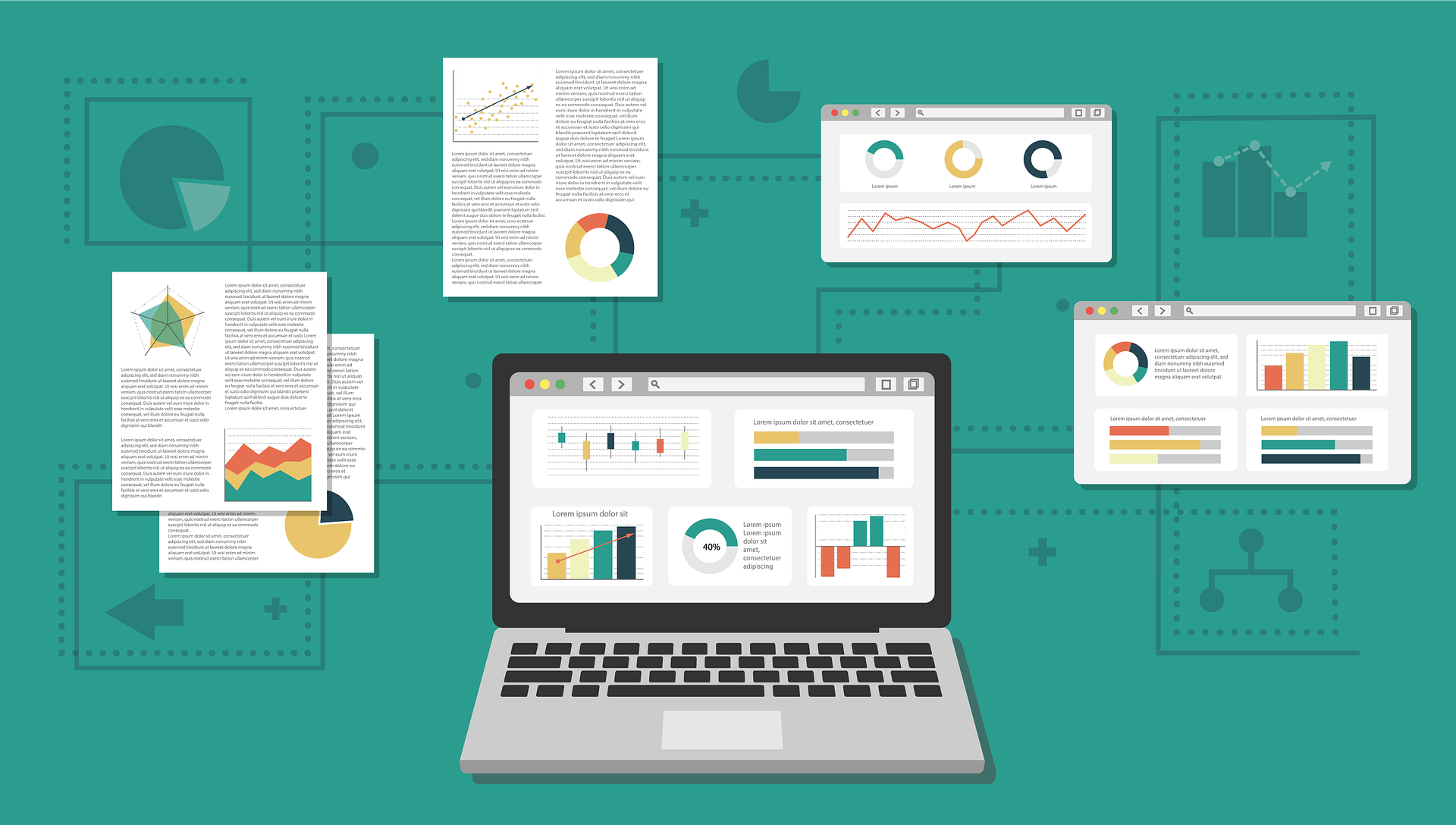Designers and developers often work in tandem to create websites, applications, and other digital platforms that are not only visually compelling but also functionally robust. However, the translation of creative concepts into practical implementation can be fraught with challenges.
One of the key obstacles lies in articulating design ideas to developers. Designers often visualize the end product in a way that is steeped in aesthetics and user experience. In contrast, developers approach it from a more technical perspective, considering aspects such as feasibility, functionality, and the constraints of the technology stack. Bridging this gap requires an intricate dance of clear, precise communication and mutual understanding.
Understanding the Developer's Mindset
To communicate effectively with developers, it's crucial to have some understanding of their thought process.
Developers often approach projects from a more practical, logic-driven perspective. They're constantly problem-solving, breaking down broad concepts into manageable, executable tasks. When a developer looks at a design, they're not just seeing the aesthetics – they're also assessing how to translate those visuals into clean, efficient code.
A developer's mind constantly buzzes with questions like:
- Is this design feasible given the current technology stack?
- How will it affect the site's performance and load time?
- Is it compatible with various screen sizes and devices?
- How will it integrate with existing components or systems?
While designers don't need to think exactly like developers, having an awareness of these considerations can greatly improve communication. It also helps to identify potential issues early in the design process, leading to solutions that balance creativity and practicality.
Technical constraints are a reality in every development project. However, they should not be viewed as roadblocks. Instead, they can serve as guiding parameters that help shape a design while ensuring it can be implemented effectively.
By keeping these constraints in mind, designers can create innovative solutions that not only look great but are also feasible, maintainable, and scalable within the project's technical framework.
Strategies for Articulating Design Ideas
Clearly Define Your Ideas
Clarity in communication is paramount when it comes to articulating design ideas. Vague descriptions or abstract concepts can easily lead to misunderstandings and misinterpretations. Therefore, it is crucial to define your ideas clearly and specifically, focusing on the elements that contribute most directly to the user experience.
One effective approach to visualize your ideas is through sketches, wireframes, or mock-ups. These tools can illustrate how various components of a design should look and interact, providing a tangible reference for developers. Additionally, storyboards or user journey maps can help illustrate the overall user experience, demonstrating how different elements contribute to the bigger picture.
Use a Common Language
One of the primary challenges in design-development communication stems from the different terminologies used in each discipline. To bridge this gap, developing a shared language can be highly beneficial. This shared language should encompass key design and development terms that are pertinent to the project.
Designers don't need to become coding experts, but having a basic understanding of certain coding concepts and terminology can enhance communication with developers. Online platforms such as Codecademy offer free courses on HTML, CSS, and JavaScript, which can provide a solid foundation for understanding the developer's perspective.
Utilize Prototyping Tools
Prototypes are another invaluable tool in conveying design ideas to developers. A prototype is a preliminary model of the design that offers a real-life representation of how the final product should look and function. Prototypes help developers to understand the intricacies of the design, including animations, transitions, and interactions.
There are various prototyping tools available today that make it easier for designers to create interactive models of their designs. Tools like Figma, Sketch, Adobe XD, and InVision, allow designers to build dynamic, clickable prototypes that can simulate user interaction.
By sharing these with developers, the designers can provide a hands-on example of their vision, reducing ambiguity and enhancing the mutual understanding of the project goals.
Essential Communication Skills
Active Listening
Active listening is an often-overlooked skill that can dramatically enhance communication between designers and developers. This involves not just hearing, but truly understanding and processing what the other person is saying.
Active listening can help clarify ambiguities, prevent misunderstandings, and ensure that everyone is on the same page. Below are a few tips for practicing active listening:
- Focus
Give the speaker your full attention, minimizing distractions that could divert your focus. - Paraphrase
After the speaker has finished talking, paraphrase their main points to ensure you've understood correctly. - Ask Clarifying Questions
If something isn't clear, don't hesitate to ask for further explanation. - Provide Feedback
Respond appropriately to the speaker, showing you're engaged and understand their perspective.
Providing Constructive Feedback
Feedback is a crucial component of the design-development process. It allows for continuous refinement and improvement of ideas. Constructive feedback, when delivered effectively, can foster a better understanding of project objectives, keep everyone aligned, and lead to a superior final product.
Strategies for giving and receiving feedback constructively include:
- Be Specific
Clearly articulate what is working and what isn't, providing concrete examples where possible. - Focus on the Design, Not the Designer
Frame your feedback around the work itself, rather than the person who created it. This helps maintain a respectful and positive atmosphere. - Balance Positive and Negative
While it's important to point out areas for improvement, also highlight what's working well. - Be Open to Feedback
Receiving feedback can be just as challenging as giving it. Approach feedback with an open mind, and see it as an opportunity for growth and improvement, rather than as criticism.
Effective communication between designers and developers is not just beneficial—it's crucial. As we navigate the ever-evolving landscape of web development, the need for clear, precise dialogue between these two key roles becomes increasingly important. By adopting strategies such as defining ideas clearly, utilizing a common language, leveraging prototyping tools, and practicing essential communication skills, we can significantly enhance our ability to articulate design ideas to developers.
The goal isn't just to communicate for the sake of it. It's about translating the essence of a design idea into a tangible, functional product that delivers a great user experience.




